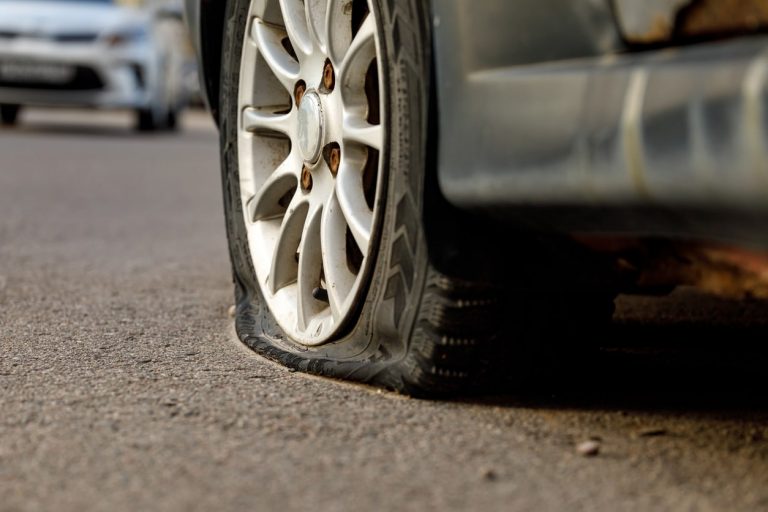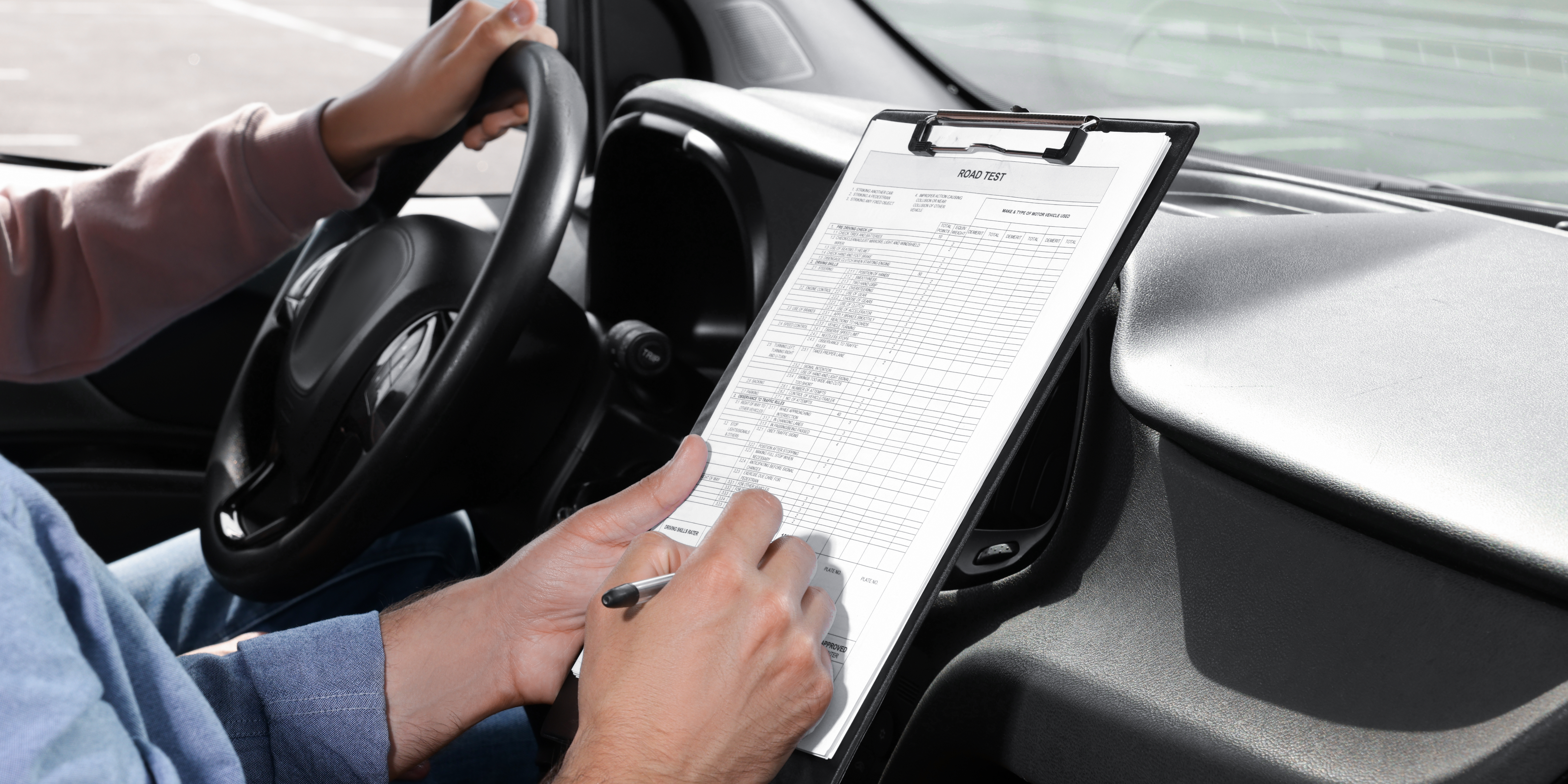Having a flat tire can ruin a day, and even slow down your plans immensely, but do not allow this simple setback to get you down. Here are a few things us at Hi Tech Driver to remember when you have a flat tire, how to change a flat tire, and how to prevent flat tires from occurring frequently when non-accidental.
When you have the Flat Tire and How to Detect
When driving with a flat tire, you will start to notice a groaning and grinding sound coming from the lower part of your vehicle. This may seem like a slight problem, but it could quickly escalate to your car slowing down and your steering wheel feeling unsteady. Continuing to drive with a flat tire not only damages your car but also compromises your safety and the safety of other drivers.

Discount Tires Centre recommends the following:
When you get a flat tire, turn on your emergency lights and slow down. Pullover as soon as you see an open stretch of road away from traffic. You don’t want to change your tire too close to oncoming traffic.
Now, follow these steps to change your tire:
- Position the wheel wedges to prevent your car from rolling. Place them behind the back tires if you’re changing a front tire. Place them in front of the front tires if you’re changing a back tire.
- If you have one, remove the wheel cover or hubcap from your flat tire.
- Loosen the lug nuts on your flat tire by turning them counterclockwise with the lug wrench.
- Use the jack to lift the flat tire about six inches.
- Remove the lug nuts.
- Hold onto the tire and pull it toward you to remove it.
- Insert the spare tire by aligning the tire rim with the lug bolts.
- Replace the lug nuts and turn them clockwise until they are tight.
- Lower your car until the tire returns to the ground (but doesn’t yet support the car’s full weight).
- Tighten the lug nuts with the wrench.
- Lower your car completely and remove the jack.
- Make sure your spare tire has adequate tire pressure before you drive. (Discount Tire Centers p. 10-14)
Just as Discount Tires Centre recommends, and provides service for, these steps to help change your flat tire are very important to remember. A spare tire is only a temporary solution however and will only last for a limited amount of time. It is a good idea to take your car to a mechanic to check the severity of car and tire damage, as well as look into the process of replacing your spare tire for either a new set of winter or all-season tires as needed.
Tire Maintenance: Preventing that Flat Tire
Now that you know the steps of how to change a flat tire, and what to detect when finding out you have a flat tire, it is good to understand what to look for in your tires to prevent another flat from occurring.
Are your tires well aged?
Have you been monitoring how long you have had them as well as how often you change them especially as the weather shifts?
You should never wait until your tires are in bad enough shape to be vulnerable to getting a flat tire. It is also a good idea to prepare for a flat tire in any instance.
Not having a spare tire can happen, but keep in mind how important it is to keep one on hand, especially knowing the current conditions of your existing tires and the weather that may affect it further. Make sure to have a spare tire and all the necessary tools that are needed to change your tire even if you get a flat. You will need to have a jack, wheel wedges, lug wrench, gloves, and a flashlight.

As noted once more by Discount Tires Centre:
“Basic prevention tips can help you avoid getting a flat tire. Check the tire pressure frequently and make sure it matches your tires’ recommended pressure requirements.”
Make sure to do constant inspections on your tires and ensure they are free of bubbles, cracks, potential punctures from items like nails, cuts, etc. These problems should be fixed immediately by an auto mechanic.
Alternative Options for when you have a Flat Tire
Now from Nationwide gives great advice. They recommended that having a tire repair kit handy is always a good idea for any driver, even if you have a spare tire as well. If you get a flat tire, and the severity is not too horrible, you can always use a tire repair kit to create a small patch that can get you to a mechanic or a service stop in a swift amount of time. It won’t even require the same amount of effort as it would to change to a spare, and it could save you a spare tire for your next flat tire to come. These flat tire repair kits use a sealant that is used to cover almost any small puncture on the tread of your tire; they can also act as an air compressor to your disposal if you need to inflate your tires.

Keep in mind, even with a repair kit, this is a temporary fix just as a spare tire would be. The only main difference is that it is a cheaper option that can save you from being stranded without a spare, or having to use a lot of your time to change to your spare.



